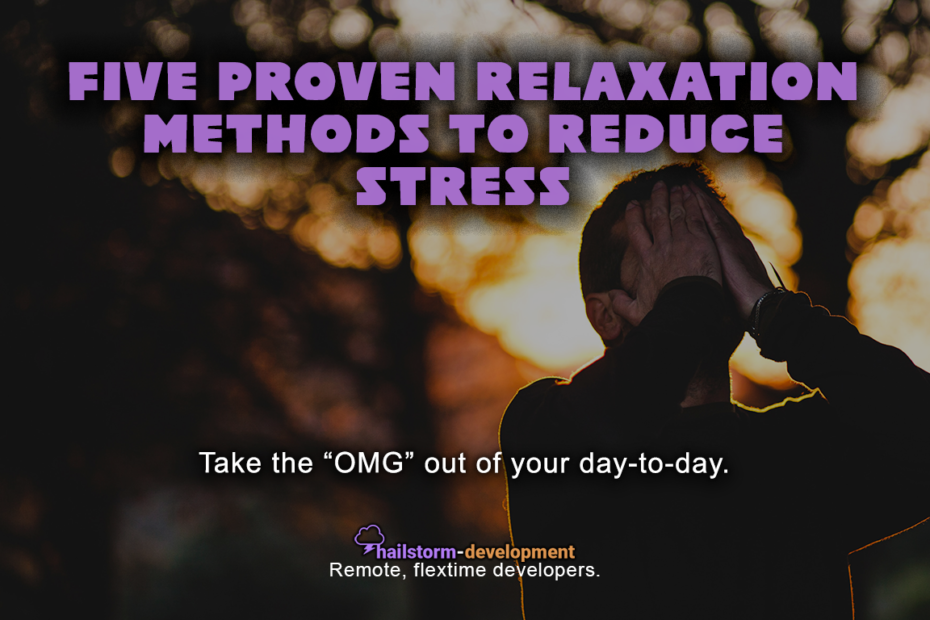Relaxation Methods to Reduce Stress
Stress affects us all differently, therefore, it’s important to try different techniques to lower it. Altogether, a combination of these methods makes up part of your overall self-care strategy.
Mindfulness - Method #1
Practice Mindfulness
First, mindfulness is the practice of “paying attention in a particular way: on purpose, in the present moment, and non-judgmentally.” It can include cognitive-behavioral therapy (CBT), yoga, and meditation.
Deep Breathing - Method #2
Deep Breathing
Second, the goal of deep breathing is to focus only on your breath, making it slower. As a result, your heart rate will slow and you’ll feel more peaceful.
Visualization - Method #3
Visualization
Third, using visualization to relax your body is a powerful way to reduce anxiety. By imagining yourself in a calm environment, you can allow your mind and body to relax.
Progressive Muscle Relaxation - Method #4
Progressive Muscle Relaxation
Fourth, PMR (progressive muscle relaxation) helps to decrease the tension in your body. Additionally, PMR can help you recognize when your muscles are constricted.
Listen to Soothing Music - Method #5
Listen to Soothing Music
Fifth, by listening to soothing and relaxing music, you can actually help to lower stress hormones.
In Conclusion
Lastly, no matter which of these methods you employ, your stress responses should improve. As always, if you have questions or comments let us know. You can leave a comment or contact us.
Resources & Further Reading
Downloadable Resources & Worksheets
In summary, you’ve learned that stress and anxiety can be managed. Below you’ll find five free downloadable resources from Therapist Aid.
Mindfulness Exercises
First learn about mindfulness meditation, the body scan exercise, mindful eating, and the five senses exercise in this handout provided by TherapistAid.com.
Relaxation Techniques
Second, after completing the mindfulness activities, check out these techniques. It is recommended to practice at least one of these different skills daily.
Progressive Muscle Relaxation Script
Third, as previously stated, PMR helps to reduce stress and anxiety by having you slowly tense and then relax each muscle.
Fight-or-Flight: Fact Sheet
Fourth, this fact sheet lists the symptoms, how the fight-or-flight response is triggered, and how to manage related emotions.
Symptoms of Stress
Fifth, this document describes the tell-tale signs of stress.
External Resources
Jennings, K. (2018, August 28). 16 Simple Ways to Relieve Stress and Anxiety. Retrieved November 10, 2020, from https://www.healthline.com/nutrition/16-ways-relieve-stress-anxiety
Star, K., Ph.D. (2020, September 17). How to Use Relaxation Techniques for Help With Anxiety Disorders. Retrieved November 10, 2020, from https://www.verywellmind.com/popular-relaxation-techniques-2584192
Therapist Aid. (2016, October 20). Relaxation Techniques (Guide). Retrieved November 10, 2020, from https://www.therapistaid.com/therapy-guide/relaxation-skills-guide
